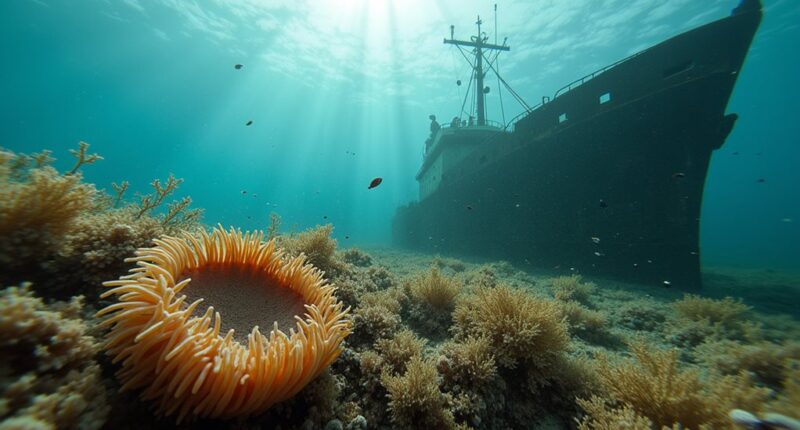Ocean biomass dumping might sound like a clever trick to solve carbon woes, but it’s more like using a band-aid for a broken leg. Tossing organic waste into our oceans threatens fragile ecosystems, while potentially reversing any carbon benefits by releasing it back into the atmosphere. It’s a wild, risky gamble that could smother marine life and disrupt food chains, all for a quick fix. Curious about safer, sustainable alternatives? There’s more to discover in this essential conversation.
The Dangers of Biomass Dumping in Oceans
In the vast tapestry of our oceans, a new and controversial thread is being woven: biomass dumping. This notion, while seemingly a clever way to tackle climate change, raises alarms among environmentalists and scientists alike. Imagine tossing heaps of organic matter into the ocean, hoping it’ll magically sequester carbon like a sponge. But here’s the catch: it disrupts marine ecosystems, particularly at the seabed, where life thrives on balance. Instead of a helping hand, biomass can smother organisms and stir up toxic substances, like methane and hydrogen sulfide. Talk about a party crasher!
The true magic of the ocean lies in its intricate chemical layers, which biomass dumping can disturb. Instead of capturing carbon, this act may release it back into the atmosphere, like a bad magician who reveals their tricks too soon. Plus, the long-term benefits of carbon sequestration from ocean biomass remain as uncertain as trying to predict the weather in spring: one moment it’s sunny, the next you’re drenched. Short-term studies may show promise, but they often miss the complexity of deep-sea processes, leaving us with more questions than answers. OSB lacks scientific verification raises further doubts about the feasibility of this carbon capture method. Furthermore, while 83% of global carbon cycle circulates through oceans, the potential for harmful disturbances from biomass dumping cannot be overlooked.
The ocean’s magic lies in its chemistry, but biomass dumping could turn that wonder into chaos, releasing more carbon than it captures.
On top of that, the impacts on marine life can be devastating. Large biomass depositions may alter habitats permanently, pushing out native species while making room for invaders. It’s like a bouncer at a club who lets in only the rowdy crowd. The degradation of benthic feeding grounds could also threaten fisheries, which are crucial for many communities. One might wonder if the ocean’s chemistry can withstand such reckless experimentation. Effective marine protection strategies must prioritize ecosystem stability rather than pursuing quick carbon fixes that may backfire.
Lastly, legal and ethical questions swirl around biomass dumping, akin to a soap opera plot twist. With international laws against ocean dumping and the ethical implications of prioritizing experimental geoengineering, it becomes clear: this approach may be more risky fantasy than sustainable solution. The ocean deserves better than a reckless carbon experiment.









